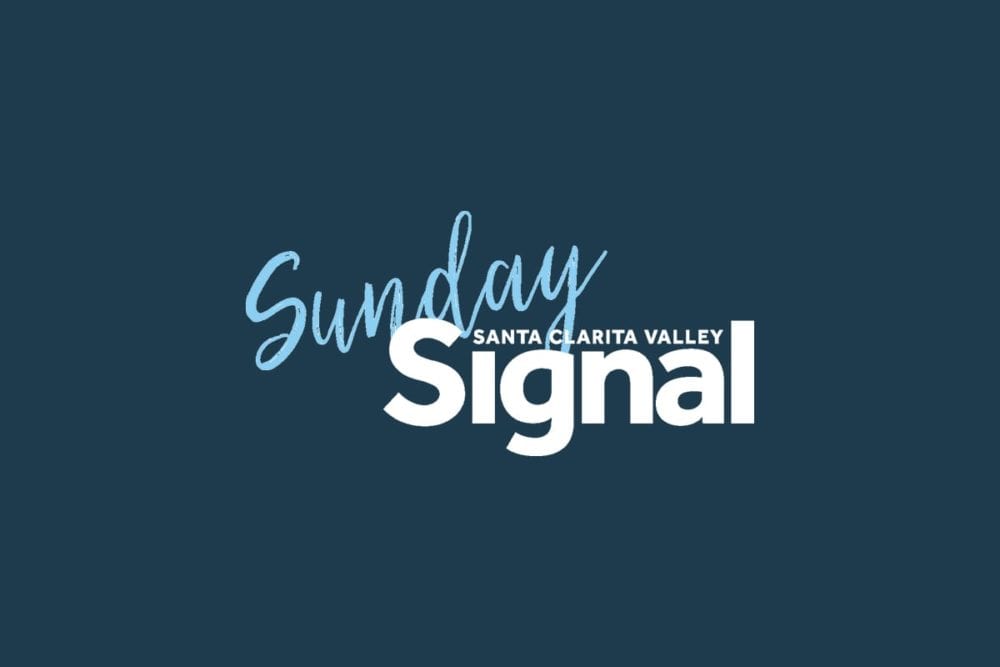With hospitals around the country reporting a recent drop in the number of stroke cases arriving in their emergency rooms, some health experts suspect that fear of COVID-19 may be causing people to avoid going to the hospital for non-COVID related medical emergencies, like stroke.
“During this pandemic, emergency care professionals like myself are working to provide care for those who need it. So much of what we do is time sensitive. We are particularly aware of the “Big Four,” — trauma, sepsis, stroke and heart attack — so it’s important to remember, when it comes to stroke or any medical emergency—call 911 and get to a hospital immediately.
Hospitals and urgent care facilities across the nation are open and ready to help,” says Dr. Ben Usatch, medical director at UCHealth Highlands Ranch Hospital emergency department and assistant professor of Emergency Medicine at the University of Colorado School of Medicine.
Here are a few important things to keep in mind about stroke to protect your health and the health of others:
Emergency preparedness ot only are emergency healthcare providers working tirelessly to provide care for those who need it, including those showing signs of stroke, they are also taking all necessary steps to help prevent the spread of COVID-19 and are trained to treat patients safely.
Time ime is of the essence. It is critical to call 911 immediately if a stroke is suspected.
Stroke signs he signs of stroke can be subtle and hard to recognize, so educating yourself and others is key to noticing and responding quickly. Keep the acronym BE FAST in mind to help you identify some of the signs of stroke in yourself or a loved one.
BE FAST stands for Balance, Eyes, Face, Arm, Speech, Time, and refers to these signs of stroke: difficulty with balance, vision loss, droopy facial appearance, arm weakness, slurred speech – as well as the need to act quickly when these symptoms present.
Sudden onset hile the BE FAST signs are most common, the sudden onset of any of these 10 signs and symptoms could mean stroke: confusion, difficulty understanding, dizziness, loss of balance, numbness, severe headache, trouble speaking, trouble walking, vision changes and weakness.
Risk factors hough strokes affect people of all ages and backgrounds, being advised of risk factors is important. While some risk factors are beyond one’s control, including family health history, gender, age and ethnic background, other risk factors can be managed with lifestyle changes and treatment and include high blood pressure, high cholesterol, atrial fibrillation, smoking, diabetes, poor circulation, lack of physical activity and obesity.
Take action pread the word and empower others to seek immediate medical attention if stroke is suspected. Tell friends and family that it’s okay to “overreact” and call 911 at the first signs and symptoms.
For more shareable information and resources, visit StrokeAwareness.com, developed by Genentech Inc, a member of the Roche Group.
Remember, stroke does not stop during a health crisis and can be disabling or even fatal.
“BE FAST” was developed by Intermountain Healthcare, as an adaptation of the FAST model implemented by the American Stroke Association. Reproduced with permission from Intermountain Healthcare. © 2011 Intermountain Healthcare. All rights reserved. (SPT)













